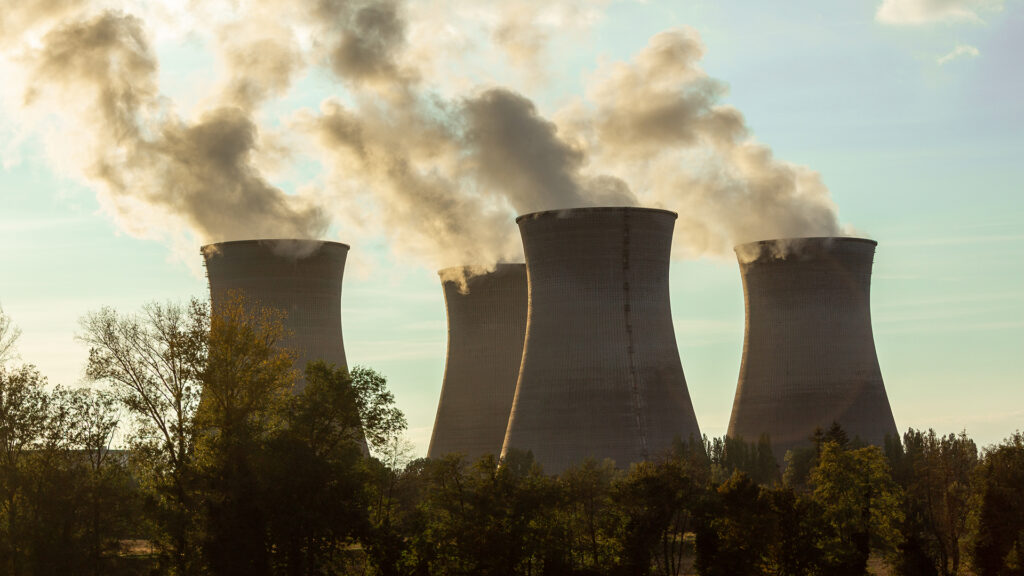Uranium prices have skyrocketed to their highest levels in 12 years, reflecting a worldwide revival in nuclear power as energy utilities rush to secure fuel supplies. The commodity, often referred to as “yellowcake,” has surged approximately 12 percent to reach $65.50 per pound in the past month. This surge breaches last year’s peak and reaches heights not witnessed since 2011, according to data from UxC, a leading pricing data provider.
The surge in demand for uranium can be attributed to governments worldwide, from Washington to Seoul and Paris, as they strive for energy independence by extending the lifespans of existing nuclear reactors and considering the construction of new plants. This shift comes in response to the soaring gas prices triggered by Russia’s full-scale invasion of Ukraine.
The milestone in uranium prices represents a significant step towards the re-emergence of nuclear power as a crucial, carbon-free source of baseload power in global efforts to combat climate change. This role had been diminished following Japan’s Fukushima nuclear disaster in 2011.
Grant Isaac, Chief Financial Officer at Cameco, the world’s second-largest uranium producer, commented on this development, stating, “You have a focus on energy security colliding with a focus on clean energy. The days of buying $40 uranium are over — and probably also for $50 or $60. We’re going to need new supplies.”
The decrease in demand and prices for uranium after the Fukushima disaster led to a shortage of new mining projects, setting the stage for today’s higher prices. Furthermore, a political coup in Niger, which generates approximately 4 percent of the world’s uranium, has added to the upward price pressure. Cameco’s announcement of lower full-year production forecasts in September due to challenges at its Cigar Lake mine and Key Lake mill in Canada has also contributed to the market’s current dynamics.
Orano, France’s majority state-owned nuclear company, recently revealed that shortages of critical chemicals prompted it to advance planned maintenance in its Niger operations.
Although prices have not yet reached their pre-Fukushima level of $73 per pound, they are on an upward trajectory. This situation was mainly driven by energy utilities rather than investors, according to Per Jander, Director at WMC Energy, a commodity trading merchant. He stated, “There’s a crunch for the next couple of years. Not only are we going back to pre-Fukushima levels, we are exceeding it,” referring to the rapid pace of nuclear developments, particularly led by China.
Last week, the World Nuclear Association, an international trade body, significantly raised its forecasts for nuclear power’s contribution to global electricity generation and uranium demand. It anticipates that more than 140 reactors may operate longer than previously expected, with 35 gigawatt-hours of small modular reactors potentially developed by 2040. Meeting this demand will necessitate the development of new mines, doubling uranium’s annual demand to 130,000 tonnes.
The nuclear fuel supply chain has been significantly impacted by Russia’s war in Ukraine, as Russia plays a critical role in uranium conversion and enrichment. “There’s been an imbalance between supply and demand for some time, and it has now been exacerbated by geopolitics,” noted Nick Lawson, Chief Executive of Ocean Wall, a brokerage. Lawson predicts that the uranium spot price could potentially rise to $200 per pound by 2025.
The surge in uranium prices underscores the renewed global interest in nuclear energy as nations seek sustainable and reliable power sources in their efforts to address both energy security and environmental concerns.

